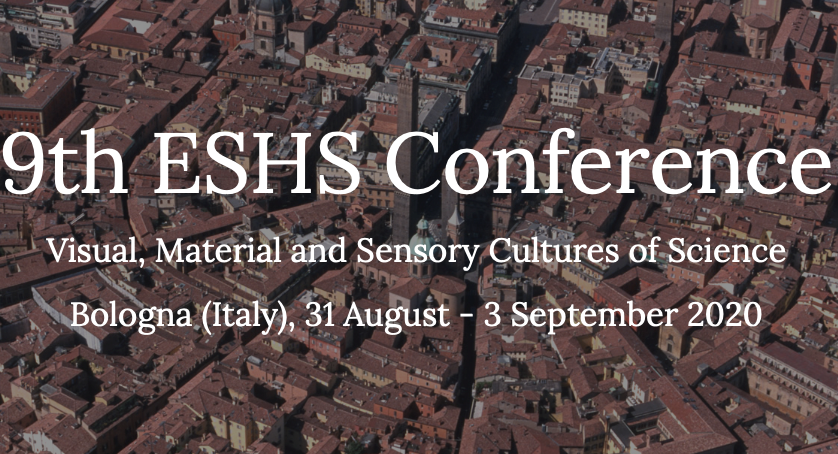Доклад Павла Юшина на 9-ой Международной Конференции Европейского Общества Истории Науки

31 августа — 3 сентября прошла 9-я Международная Конференция Европейского Общества Истории Науки (9th ESHS Conference: Visual, Material and Sensory Cultures of Science). В рамках панели «Popular Representation / Misrepresentation of Modern Physical Theories», состоявшейся 1 сентября, участник научно-учебной группы Павел Юшин выступил с докладом «Inverted Space-Time in Pavel Florensky’s Scientific Imagination: A Commentary on the Cover of the Journal “Makovets” (№3, 1923)».
Pavel Florensky (1882-1937), a renowned Russian polymath and religious thinker, entertained a variety of bizarre ideas. One of the most perplexing of them, formulated in the notorious last paragraph of the “Imaginaries in Geometry” (1922), involved an attempt to use Einsteinian physics as a proof of the possibility to access the transcendental “other world” (identified with the realm of Platonic Forms, the Empyrean, and the Kingdom of God) by “turning oneself inside out.” Alluding to the special theory of relativity, Florensky described how at a speed faster than the speed of light, the physical body could “fall through the surface [...] and turn inside out.” “So far, — he added, — we imagine the increase of velocities as the only means for this process [...] but we have no evidence of the impossibility of any other means.” That same year, at the beginning of “Iconostasis” (1922), he briefly tried to conceptualize the same process while analyzing the temporal structure of dreams. As I will attempt to show, these speculations were underpinned by Florensky’s views on the meaning of religious conversion and ultimately rooted in a specific 19th -century interpretation of the biblical story of the Fall of Man. A year later, this entanglement of (psycho-)physical and religious ideas came to be depicted in a remarkable yet almost unexplored visual image — Vladimir Favorsky’s woodcut on the cover of the journal “Makovets” (№3, 1923) — which will serve as a starting point of my presentation.
Полную программу конференции см. на сайте: https://sites.google.com/view/eshsbologna2020/program..
